Check out these amazing hotel deals!
- Save up to 30% on your hotel in Hawaii!
- Last-minute holiday hotel deals
- Top hotel deals for a new year trip
- Visiting Paris? Find the Best Deals & Reviews at TripAdvisor.
- Save 30% on hotels in Ocean City, Maryland...a TripAdvisor Top 10 Summer Destination!
- Save up to 30% on your hotel on your Winter Vacation!
- Find top-rated hotels at the lowest prices on TripAdvisor. Check rates now!
- Save up to 30% on hotels for a romantic getaway!!
The subway is a means of public transport of crucial importance for the development of a city and a country. It’s actually the fastest way to move around the urban area. The first city to adopt an underground railway system was London which opened the first underground network in the world in 1863. The development of the city during the 19th, 20th, and 21st centuries wouldn’t have been possible without the subway.
Following the example of London, many other cities started using an underground transport system. Some of them have a very vast network that includes, both, a great length and a lot of stations. Here is the list of the longest subways in the world ordered by the length of the entire system.
| City | Length | No. of stations |
| Tianjin | 236 km | 145 |
| Madrid | 288.5 km | 302 |
| Chengdu | 302.7 km | 216 |
| Shenzhen | 303.4 km | 215 |
| Chongqing | 326.9 km | 180 |
| Wuhan | 339 km | 217 |
| Delhi | 347.6 km | 229 |
| Seoul | 353.2 km | 331 |
| Nanjing | 378 km | 159 |
| New York City | 380.2 km | 424 |
| Moscow | 397.3 km | 232 |
| London | 402 km | 270 |
| Guangzhou | 514.8 km | 266 |
| Shanghai | 676 km | 345 |
| Beijing | 690.5 km | 326 |
The 5 Longest Subways in the World
Now that we’ve checked out the 15 longest subways in the world, we’ll look at the top 5 of them.
5. Moscow
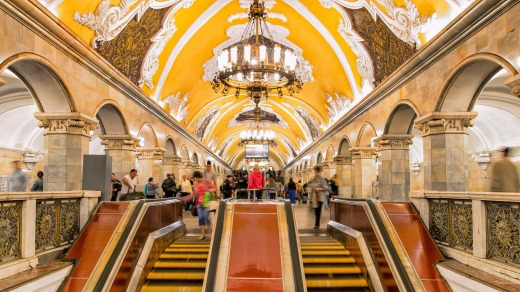
Length: 397.9 km
Number of stations: 232
Year of opening: 1935
Year of the last expansion: 2019
Average annual users: 2.432 million
Apart from being an efficient means of public transport and easy to use even for those who don’t speak Russian, the Moscow Metro is also worth visiting during a trip because of the beauty of some of its stations (44 are considered cultural heritage). According to the city’s Transportation Department, the Moscow Metro is the most punctual in the world, with a percentage of 99.99% and, during rush hour, there are only 90 seconds between trains.
This subway also served as an air-raid shelter during the Second World War, offering shelter to over 500,000 people. There is a legend related to the Moscow Metro, according to which, the circular line was created later. Namely, during a meeting, Stalin placed his cup of coffee on the map of the subway. Looking at the circular stain left by the bottom of the cup, Stalin himself ordered a transport line to be created on that route which, even today, is marked with a brown color.
4. London: 402 km
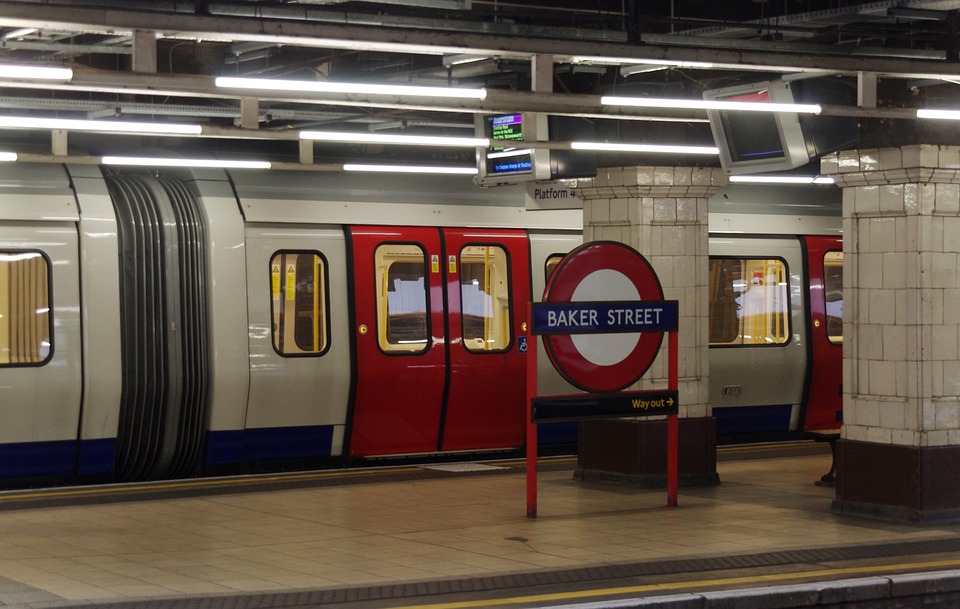
Length: 402 km
Number of stations: 270
Number of Lines: 11
Year of opening: 1890
Year of the last expansion: 2008
Average annual users: 1.340 million
This is the first subway in the world still standing out today for its efficiency and reliability. Called by Londoners simply the tube, it has recently celebrated its 150 birthday. Even Queen Elizabeth often took the subway, not just to go to work but also to inaugurate the new lines, such as the Jubilee Line, named in honor of the Queen’s Silver Jubilee in 1977. “Underground, the way for all” read an old advertising billboard from 1911 that sponsored the use of this public transport. It’s because the subway was designed to be used by all social classes. Therefore, on the wagons and in the stations of the various lines, you can meet the most disparate characters, from the distinguished men of the City to punks and models and up to bizarre street artists, probably accompanied by their pet.
But even this place hides its “ghosts”. Namely, the galleries house the spirits of two actors, a nun, a worker with an oil lamp, and a young hatter’s apprentice. Where do these legends come from? Due to the expansions over the years, the workers were forced to excavate where cemeteries and mass graves dating from the period of the 17th-century plague stood. Furthermore, the London underground is sadly known for the terrorist attacks that took place on the morning of 7 July 2005.
3. Guangzhou
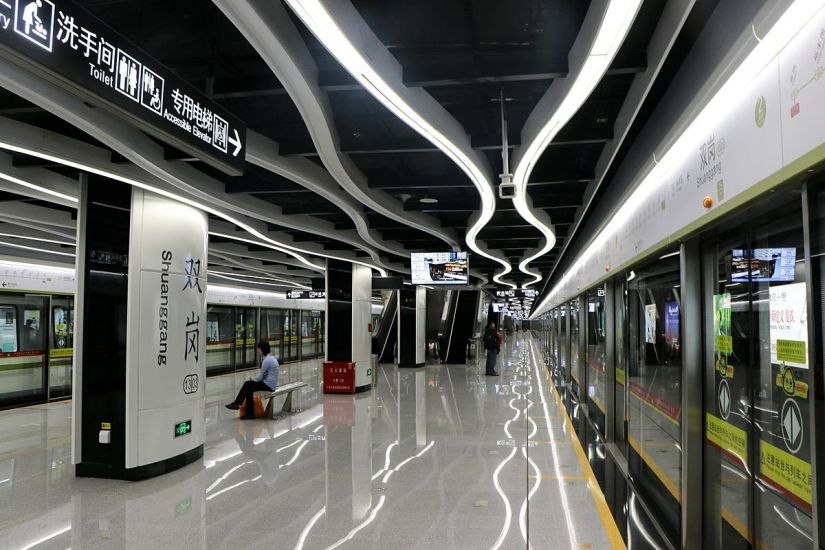
Length: 514.8 km
Number of stations: 266
Year of opening: 1997
Year of the last expansion: 2019
Average annual users: 3.029,5 million
The construction of this subway has been questioned several times due to the alleged inadequacy of the land, which was judged geologically unsuitable for the construction of an underground subway system. On January 28, 2013, around 4:40 pm, in the immediate vicinity of the construction site of two stations of lines 6 and 8, a large chasm of about 100 square meters of surface and 10 m of depth opened. It has swallowed up part of several houses, trees, and street furniture. As many as 6 collapses occurred within 40 minutes and two further collapses occurred later at 9.45 pm. The sinkhole caused outages of electricity, gas, water, and sewage pipes. In total, 412 families were evacuated whereas 103 businesses, 69 warehouses, and 257 residents had to relocate.
2. Shanghai
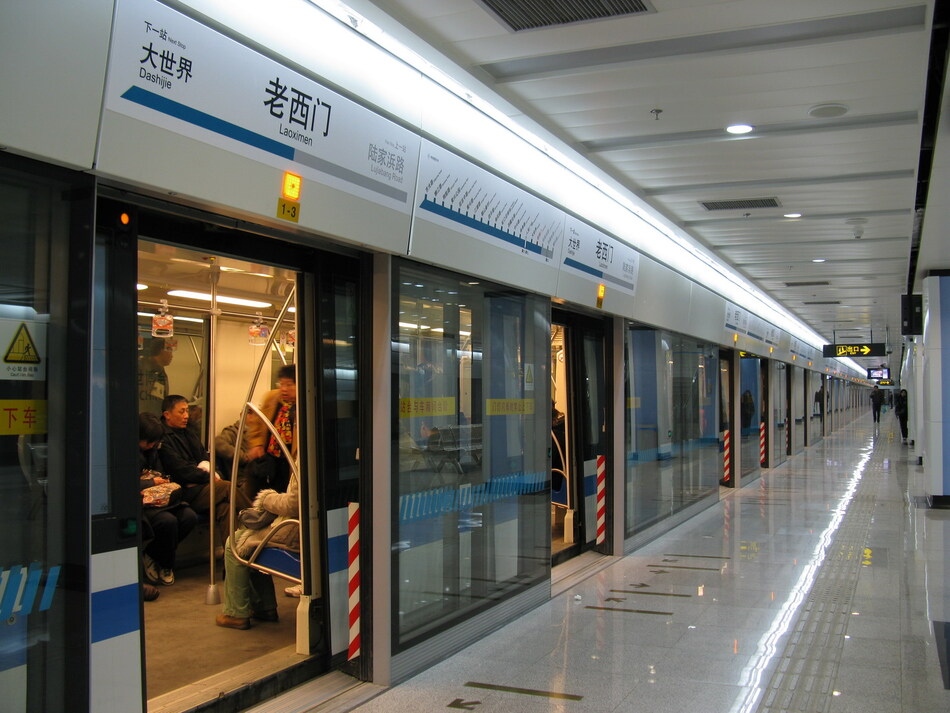
Length: 676 km
Number of stations: 345
Year of opening: 1993
Year of the last expansion: 2018
Average of annual users: 3.710 million
Undefeated, the Shanghai subway is confirmed as one of the longest in the world. It’s also 3rd for the annual number of users and set a record number of 9.381 million passengers per day on 30 April 2014. Modern and technological, this subway offers travelers the possibility of displaying LED screens with advertising and information in, both, Chinese and English in all wagons. There are also apps that can help passengers navigate the various stations, get real-time updates on traffic, receive information on the cost of tickets, etc. The Transrapid or Maglev, the famous and ultra-technological magnetic levitation train, also operates at the Shanghai subway. It is a type of train that travels without touching the rails and can reach speeds of 350 km/h in 2 minutes.
1. Beijing
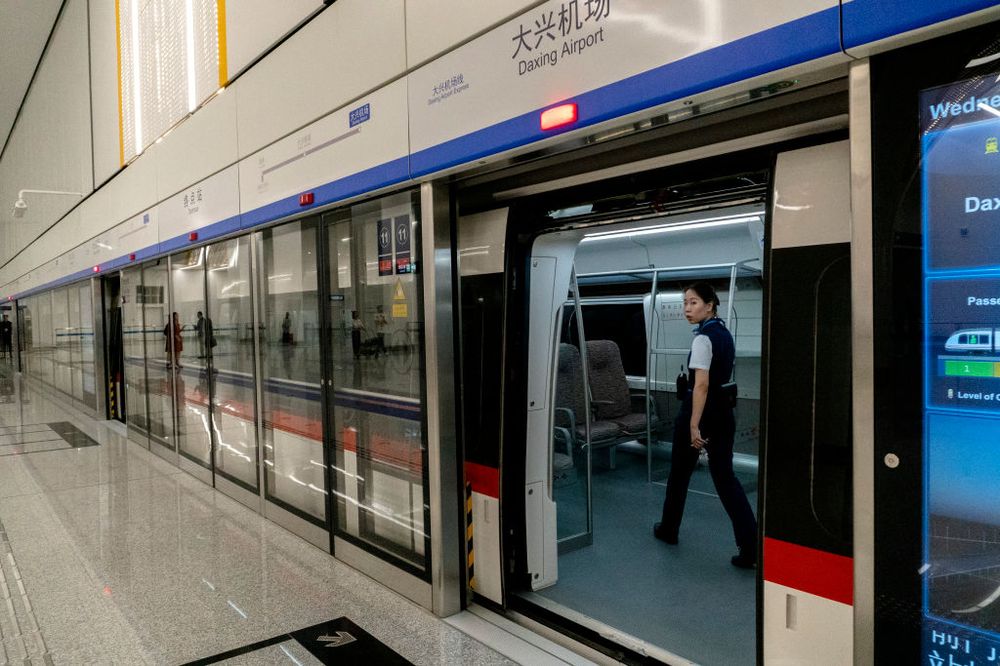
Length:690.5 km
Number of stations: 326
Year of opening: 1971
Year of the last expansion: 2019
Average annual users: 3.850 million
The Beijing Metro was the first subway built in mainland China. It underwent a rapid expansion after it has been announced that the city will host the 2008 Olympic Games. Also called Underground Dragon, it is certainly the most convenient way to get around the city, taking into account that there are so many people, which means that the journey can be a bit crowded. Despite the crowdedness, both, the trains and the stations are almost maniacally clean. And, let’s not forget that clear information provided in Chinese and English and the staff are extremely kind and always ready to provide information.
Fun fact: To encourage recycling, a system that allows you to travel by paying in plastic bottles was introduced in the Beijing subway. On line 10, you can put your used plastic bottles in special distributors and receive a discount voucher with which you can buy a metro ticket.
Check out these amazing hotel deals!
- Save up to 30% on your hotel in Hawaii!
- Last-minute holiday hotel deals
- Top hotel deals for a new year trip
- Visiting Paris? Find the Best Deals & Reviews at TripAdvisor.
- Save 30% on hotels in Ocean City, Maryland...a TripAdvisor Top 10 Summer Destination!
- Save up to 30% on your hotel on your Winter Vacation!
- Find top-rated hotels at the lowest prices on TripAdvisor. Check rates now!
- Save up to 30% on hotels for a romantic getaway!!





Find Us on Socials